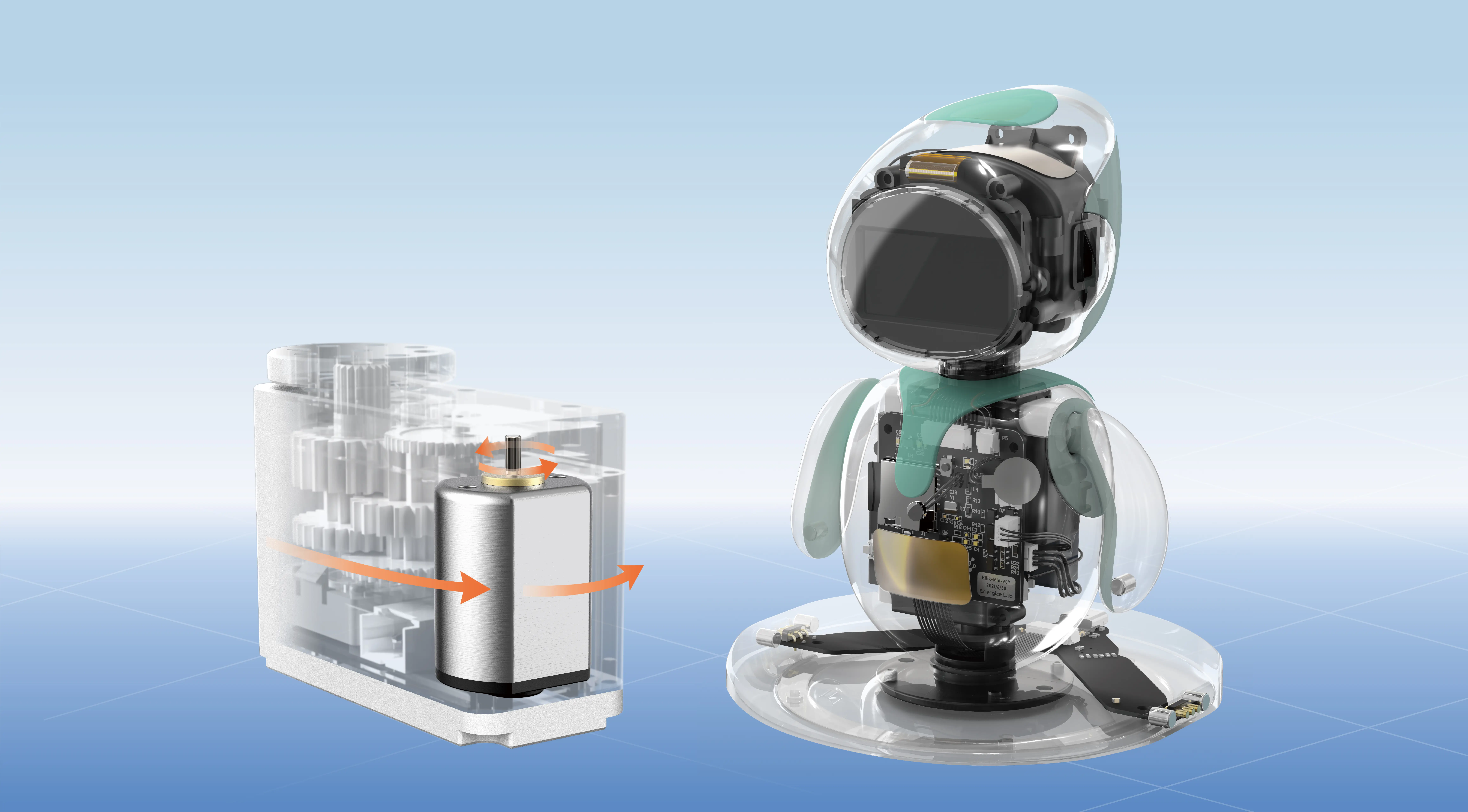Getting a micro servo horn attached might sound simple, but there’s a bit of an art to it. If you’ve ever struggled with slipping screws or wings that won’t stay put, you know what I mean. It’s one of those small details that can make or break a project’s success. So, let’s get into what makes this process smooth and straightforward.

First off, you want to start with the right tools. A good quality screwdriver, preferably magnetic, makes all the difference. You don’t want to strip those tiny screws, especially when they’re holding the crown of your servo setup. Before you even think of attaching, ensure the servo horn and the servo splines are spotless. Dust or grease? Not your friends here. Clean surfaces lead to better grip and more reliable movement.
Now, here’s a trick: align the horn carefully with the servo's splined shaft. It’s a bit like fitting a key into a lock. You’ll notice that most horns have a small hole or groove that lines up with the spline, but sometimes the fit isn’t just right on the first try. Patience is key—try gently turning the horn back and forth until it seats properly. No force, no pounding; just a little patience.
Once the horn sits flush, the next step is attaching the screw. Not too tight—overdoing it can strip the threads or crack the plastic. Think of it like tightening a bolt on your bicycle; snug enough to hold firm but not enough to cause damage. You know that satisfying feeling when everything clicks into place just right? That’s what you’re aiming for.
Some ask, “Why does my horn sometimes slip or come loose?” Well, maybe the screw isn’t tight enough, or perhaps the horn isn’t perfectly aligned. Using a small drop of thread locker can help, especially if you’re in a high-vibration environment. But don’t go overboard—it’s about getting a secure fit without making future adjustments impossible.
And hey, a quick tip—if you’re installing a horn on multiple servos, keep track of which horn goes where. Each servo might have a slightly different spline shape or size, so verifying fitment before final tightening can save you headaches down the line.
Ever wondered about the best way to remove a horn if needed? Loosen the screw carefully, gently wiggle the horn loose—try not to yank it. Sometimes a little twist or a gentle tap, with something non-metallic, can help release it without damaging the spline.
In essence, attaching a micro servo horn isn’t rocket science. It’s about patience, proper alignment, and using the right tools. Plus, a dash of care—those tiny screws are delicate, but with the right approach they’ll hold strong, giving your project the stability it needs to perform flawlessly. Practice makes perfect, and once you get the feel for it, it becomes second nature. Do it with confidence—your craft deserves it.
Kpower has delivered professional drive system solutions to over 500 enterprise clients globally with products covering various fields such as Smart Home Systems, Automatic Electronics, Robotics, Precision Agriculture, Drones, and Industrial Automation.




































